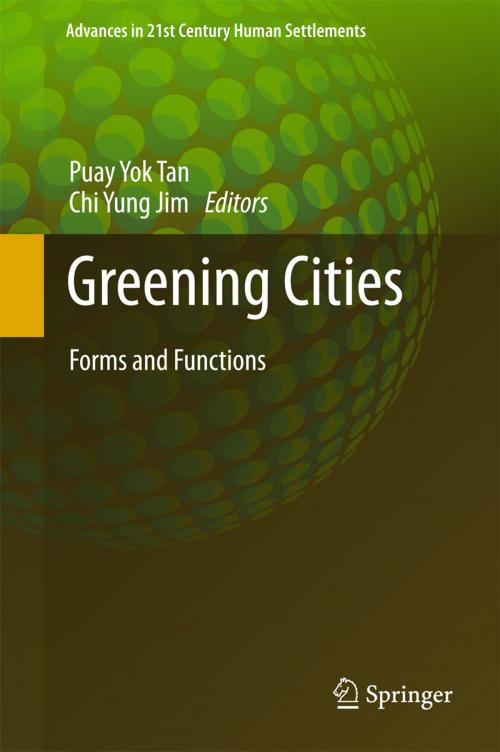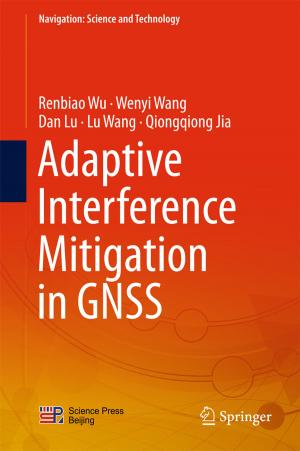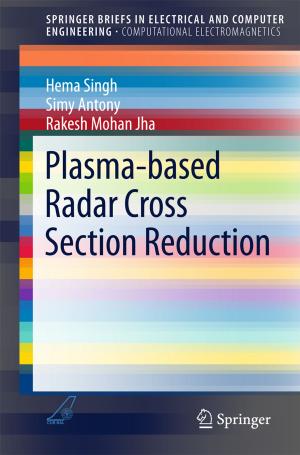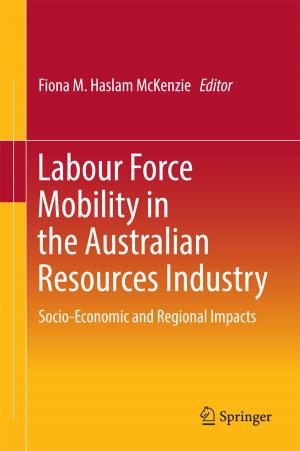Greening Cities
Forms and Functions
Nonfiction, Social & Cultural Studies, Political Science, Politics, City Planning & Urban Development, Art & Architecture, Architecture, Science & Nature, Nature| Author: | ISBN: | 9789811041136 | |
| Publisher: | Springer Singapore | Publication: | March 29, 2017 |
| Imprint: | Springer | Language: | English |
| Author: | |
| ISBN: | 9789811041136 |
| Publisher: | Springer Singapore |
| Publication: | March 29, 2017 |
| Imprint: | Springer |
| Language: | English |
This book offers an overview of recent scientific and professional literature on urban greening and urban ecology, focusing on diverse disciplines such as landscape architecture, geography, urban ecology, urban climatology, biodiversity conservation, urban governance, architecture and urban hydrology. It includes contributions in which academics, public policy experts and practitioners share their considerable knowledge on the multi-faceted aspects of greening cities. The greening of cities has witnessed a global resurgence over the past two decades and has made a significant contribution to urban liveability and sustainability, as well as increasing resilience. As urban greening efforts continue to expand, it is useful to promote recent advances in our understanding of various aspects of planning, design and management of urban greenery, but at the same time, it is also important to realize that there are important gaps in our knowledge and that further research is needed. The book is organized in three main parts: concepts, functions and forms of urban greening. The first part examines the historical roots of greening cities and how the burgeoning field of urban ecology can contribute useful principles and strategies to guide the planning, design and management of urban greening. The second part shifts the focus to the diverse range of services – the functions – provided by urban greening, such as those related to urban climate, urban biodiversity, human health, and community building. The final part explores conventional, often neglected, but important forms of urban greenery such as urban woodlands and urban farms, as well as relatively recent forms of urban greenery like those integrated with buildings and waterways. It offers a ready reference resource for researchers, practitioners and policy-makers to grasp the critical issues and trigger further studies and applications in the quest for high-performance green cities.
This book offers an overview of recent scientific and professional literature on urban greening and urban ecology, focusing on diverse disciplines such as landscape architecture, geography, urban ecology, urban climatology, biodiversity conservation, urban governance, architecture and urban hydrology. It includes contributions in which academics, public policy experts and practitioners share their considerable knowledge on the multi-faceted aspects of greening cities. The greening of cities has witnessed a global resurgence over the past two decades and has made a significant contribution to urban liveability and sustainability, as well as increasing resilience. As urban greening efforts continue to expand, it is useful to promote recent advances in our understanding of various aspects of planning, design and management of urban greenery, but at the same time, it is also important to realize that there are important gaps in our knowledge and that further research is needed. The book is organized in three main parts: concepts, functions and forms of urban greening. The first part examines the historical roots of greening cities and how the burgeoning field of urban ecology can contribute useful principles and strategies to guide the planning, design and management of urban greening. The second part shifts the focus to the diverse range of services – the functions – provided by urban greening, such as those related to urban climate, urban biodiversity, human health, and community building. The final part explores conventional, often neglected, but important forms of urban greenery such as urban woodlands and urban farms, as well as relatively recent forms of urban greenery like those integrated with buildings and waterways. It offers a ready reference resource for researchers, practitioners and policy-makers to grasp the critical issues and trigger further studies and applications in the quest for high-performance green cities.















